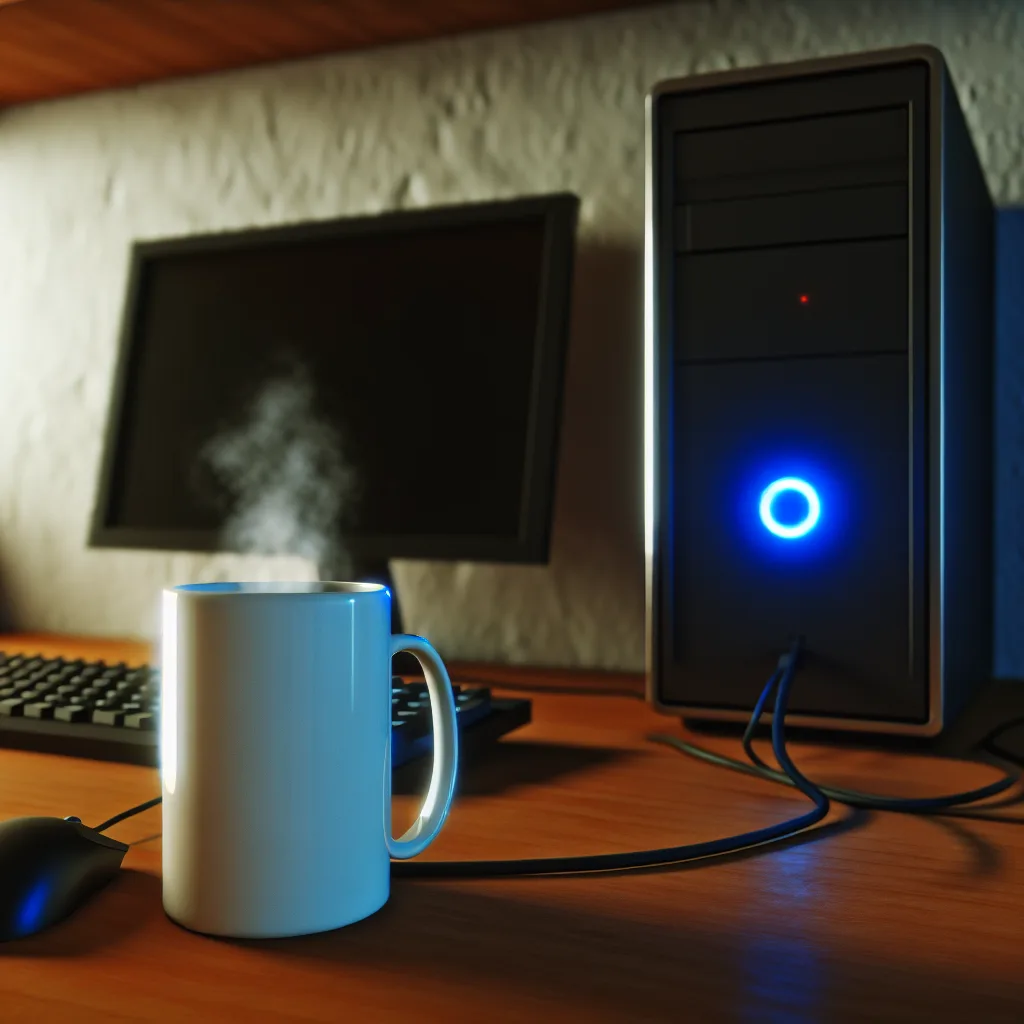How I turned a used PC and a bit of curiosity into a powerful DIY home lab.
It all started with a spark of curiosity. For months, I’d see these amazing setups online—people running their own powerful servers from a corner of their home. It seemed like a technical world reserved for network engineers, but the idea of creating my own DIY home lab was too tempting to ignore. I wanted a space to experiment, learn, and host my own services without relying on big tech companies. So, I decided to dive in.
After a lot of reading and a little bit of courage, I built what I like to call my little masterpiece. It’s not a massive, blinking server rack, but it’s mine. And I’m here to share my journey, hoping it might inspire you to start your own.
Why Even Bother with a DIY Home Lab?
You might be wondering, what’s the point? For me, it boiled down to a few key things:
- Learning: I wanted to understand how networks, servers, and virtualization actually work, beyond just reading articles. There’s no better teacher than hands-on experience, and a home lab is the perfect sandbox.
- Self-Hosting: I loved the idea of running my own services. Think of a personal cloud for files (like Dropbox), a media server for movies and music (like Plex), or even a private ad-blocker for my entire home network.
- Control and Privacy: By hosting my own services, I have complete control over my data. It’s a small step toward digital independence, and it feels good knowing my files are right here in my own home.
My goals weren’t massive. I just wanted a quiet, low-power machine that could handle a few tasks reliably. That’s what led me to the heart of my project.
The Hardware: An Unsung Hero
You don’t need to spend a fortune on enterprise-grade equipment. The core of my entire setup is a refurbished Dell Optiplex. These compact office PCs are surprisingly powerful, built to run 24/7, and you can often find them for a great price.
It’s the perfect starting point for a DIY home lab because it’s quiet, energy-efficient, and has enough processing power for most beginner projects. I upgraded the RAM and added a couple of SSDs for faster storage, but that was it. No complex wiring, no deafening fans—just a simple, reliable box that sits quietly on a shelf.
The Software Side of My DIY Home Lab
Hardware is only half the story. The magic happens with the software. For the operating system, I chose Proxmox VE, which is a fantastic, free tool that turns your computer into a host for virtual machines (VMs) and containers. It sounds complicated, but it basically lets you run multiple, separate “mini-computers” on one physical machine.
Here’s a peek at what I’m currently running:
- Pi-hole: A network-wide ad-blocker. It’s amazing how much cleaner web browsing is without all the clutter.
- Plex Media Server: Organizes and streams my movie and music library to any device, whether I’m at home or on the go.
- Home Assistant: The brain for my smart home devices, allowing me to automate lighting and other gadgets.
- A Test Environment: A simple Linux VM where I can mess around, test code, and learn new commands without any risk of breaking my main setup.
One of my favorite little additions was an Arduino project. I connected a small microcontroller to the server to run a tiny display that shows me system stats at a glance, like CPU temperature and network usage. It’s totally unnecessary, but it was a fun challenge and adds a personal touch to the whole build.
What I Learned Along the Way
Building this wasn’t a simple one-weekend project. It was a slow burn of trial and error, but I learned a ton. If you’re thinking about starting your own project, here’s my advice:
- Start Small: Don’t try to build a data center on day one. Pick one or two services you’re excited about and get those working first. A simple file server or an ad-blocker is a great first step.
- Patience is Everything: You will run into problems. Things won’t work the first time. That’s okay! The process of troubleshooting is where the real learning happens. Take a break, do some research, and try again.
- Use the Community: There are countless forums and online communities full of people who are passionate about this stuff. If you get stuck, chances are someone has already solved the same problem. For more advanced ideas, sites like ServeTheHome are an incredible resource.
This DIY home lab has become more than just a piece of technology. It’s a hobby, a learning tool, and a project I’m genuinely proud of. If you’ve been lurking on the sidelines like I was, I hope this gives you the little nudge you need to get started. It’s a rewarding journey.
